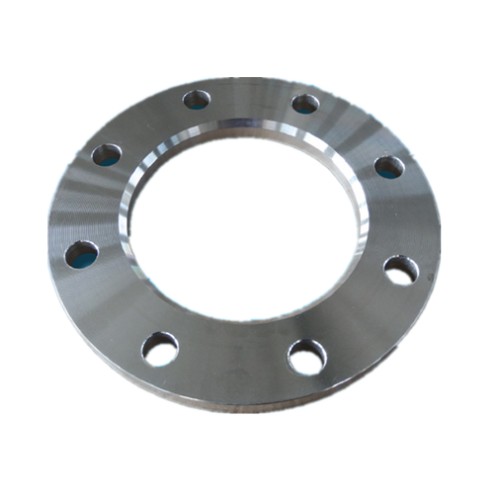Design and Applications of Single Below Rubber Expansion Joints in Piping Systems
Understanding Single Bellow Rubber Expansion Joints
Expansion joints are essential components in various piping systems, designed to absorb temperature-induced expansions and contractions in materials. Among the different types of expansion joints, single bellow rubber expansion joints stand out due to their unique properties and applications. This article explores what single bellow rubber expansion joints are, their advantages, applications, and maintenance considerations.
What are Single Bellow Rubber Expansion Joints?
Single bellow rubber expansion joints are devices constructed from elastomeric materials, typically rubber, formed into a single, flexible bellow. This design allows them to accommodate axial, lateral, and angular movements in piping systems. The primary purpose of these joints is to compensate for thermal expansion or contraction caused by temperature fluctuations within pipelines, reducing stress and wear on system components.
The construction of a single bellow expansion joint involves a rubber tube, often reinforced with materials like fabric or steel to enhance durability and support the required pressures and movements. The characteristics of the rubber material utilized—such as its elasticity, resistance to aging, and chemical compatibility—play a crucial role in the joint’s performance and longevity.
Advantages of Single Bellow Rubber Expansion Joints
1. Flexibility The inherent flexibility of rubber allows the single bellow expansion joint to effectively absorb different types of movements, including lateral displacements and angular misalignments. This adaptability aids in preventing damage to pipes and connected equipment.
2. Vibration Damping These joints are excellent at dampening vibrations and noise produced by the flow of fluids through pipelines. This capability contributes significantly to enhancing the overall comfort of environments where such pipelines are in operation.
3. Corrosion Resistance Single bellow rubber joints can be manufactured to resist various chemicals, adding durability and longevity to the system. This feature is particularly crucial in industries where fluid types may cause rapid degradation of conventional materials.
4. Cost-Effectiveness Compared to metallic expansion joints, rubber expansion joints are often more cost-effective, both in terms of initial investment and maintenance costs. Their lightweight nature also makes installation simpler and faster, reducing labor costs.
5. Customizability Single bellow rubber expansion joints can be tailored to meet specific requirements, including size, shape, and material properties. This customizability ensures optimal performance in various applications, whether in HVAC systems, industrial processes, or water and wastewater management.
single bellow rubber expansion joint

Applications of Single Bellow Rubber Expansion Joints
Single bellow rubber expansion joints find extensive applications across multiple industries
- HVAC Systems In heating, ventilation, and air conditioning systems, these joints are used to connect ductwork and piping systems, helping maintain system integrity despite thermal fluctuations.
- Pumping Systems In pipelines that transport fluids, single bellow rubber expansion joints mitigate the stress associated with temperature changes, protecting both the pump and the piping infrastructure.
- Chemical Processing Many chemical processes require specialized materials that resist corrosion. Single bellow rubber expansion joints can be engineered from specific compounds to ensure chemical compatibility and reliability.
- Water and Wastewater In water treatment facilities, these expansion joints are integral to managing changes in pressure and flow rates within the pipelines.
Maintenance Considerations
Maintaining single bellow rubber expansion joints is crucial for ensuring their longevity and effectiveness. Regular inspections should be conducted to check for signs of wear, such as cracking or deformation of the rubber material. Environmental factors, including temperature extremes and exposure to harmful chemicals, can affect joint performance over time.
When maintenance or replacement becomes necessary, selecting a high-quality product and ensuring proper installation is vital. Consulting with manufacturers or engineers can provide valuable insights into the best practices for maintaining these components.
Conclusion
Single bellow rubber expansion joints are indispensable in modern piping systems, offering flexibility, durability, and cost-effectiveness. Their ability to manage thermal expansions and vibrations significantly contributes to the longevity and reliability of various industrial applications. By understanding their functionality and maintenance needs, operators can ensure these vital components provide optimal performance over their lifespan.
-
The Key to Fluid Control: Exploring the Advantages of Ball Valves in Industrial SystemsNewsJul.09,2025
-
The Versatile World of 1, 2, and 3 Piece Ball ValvesNewsJul.09,2025
-
Stainless Steel Ball Valves: The Ideal Choice for Efficient Flow ControlNewsJul.09,2025
-
Optimizing Fluid Control with Ball Float ValvesNewsJul.09,2025
-
Manual Gate Valves: Essential for Control and EfficiencyNewsJul.09,2025
-
Everything You Need to Know About Butterfly ValvesNewsJul.09,2025
-
The Versatility of Wafer Type Butterfly ValvesNewsJul.08,2025




